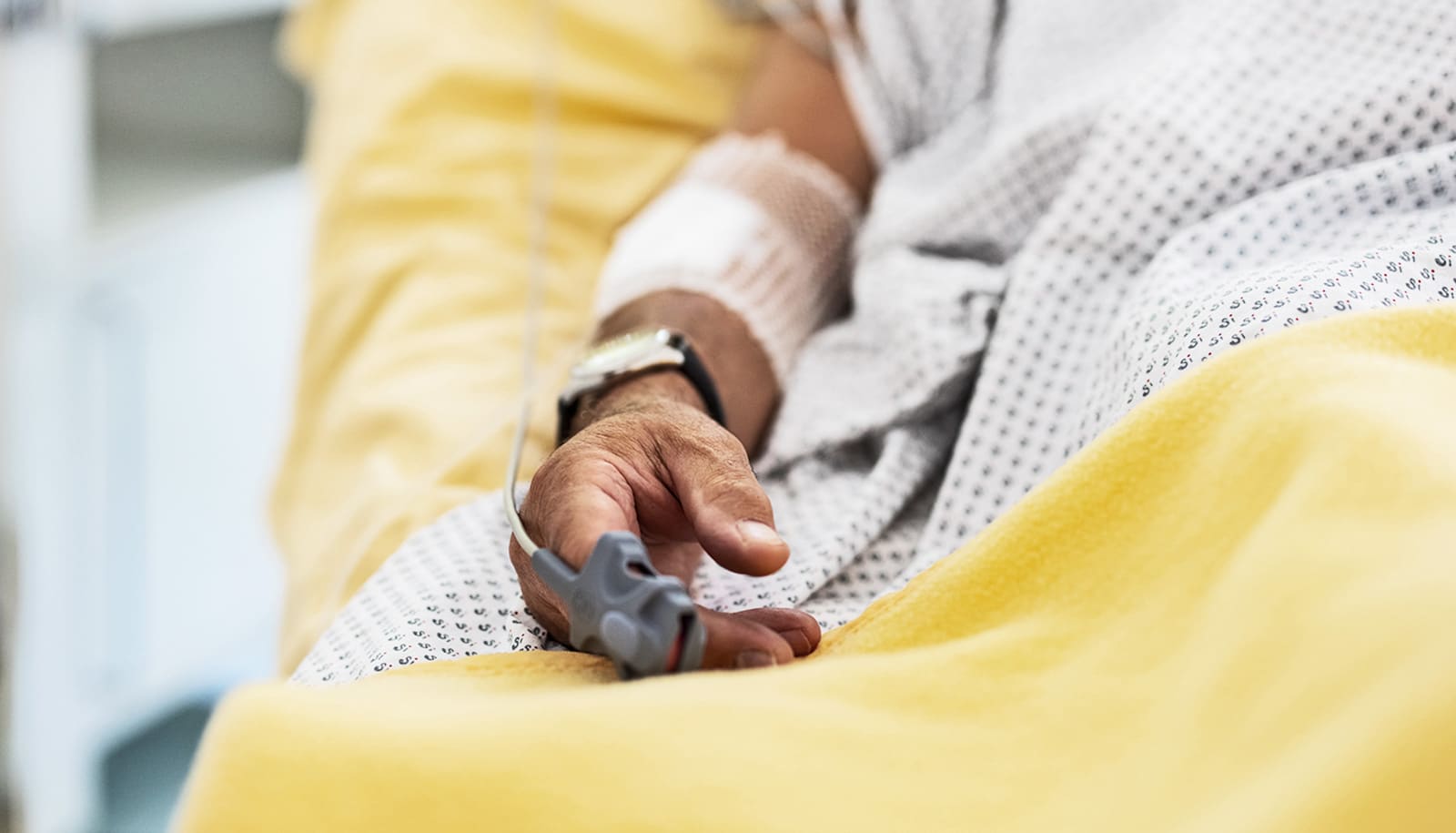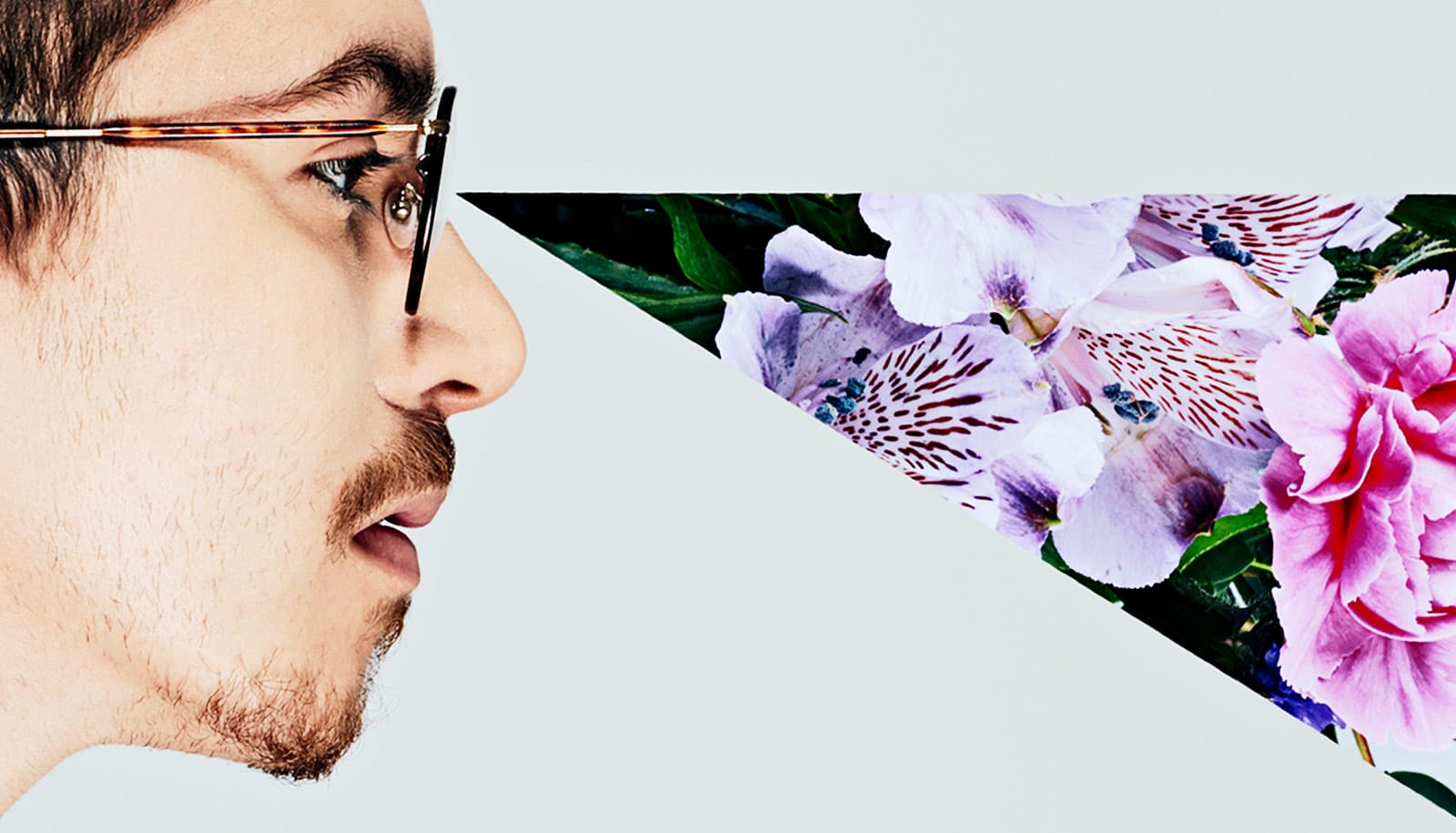A new study reveals that hospital rooms designed with natural elements—like indoor plants, green décor, and views of green nature—significantly enhance relaxation and mental clarity in simulated patients, even when experienced through virtual reality (VR).
Researchers Courtney Suess of the hospitality, hotel management, and tourism department at Texas A&M University and Jay Maddock of the School of Public Health used immersive VR to simulate hospital environments for 188 participants over the age of 18.
The goal: to understand how visual elements in hospital rooms affect relaxation and cognitive restoration in patients experiencing acute stress.
“Hospital rooms are more than just places for treatment—they’re environments that can either support or hinder healing,” Maddock says. “We wanted to explore how design choices, especially those involving green nature, could make a measurable difference in patient recovery.”
Researchers exposed participants in the study to a VR video simulating a traumatic roller coaster accident and subsequent hospitalization. This narrative was designed to induce acute stress, mimicking the psychological state of real-life injured patients receiving acute care. Afterward, participants evaluated 12 hospital room designs, each varying in window views, the presence of plants and interior color schemes.
Participants viewed the rooms through a high-resolution Varjo X-3 headset in the Human Behavior Laboratory, simulating participants in the role of a recovering in-patient. Researchers then asked them to rate how much each room helped them feel physically relaxed and able to clear their mind of stressful thoughts.
The researchers found that indoor plants had the highest utility among room attributes for promoting both physical relaxation and mental clarity, followed by visible green nature in the view. Green décor, such as wall paint and artwork, also contributed positively to both outcomes. Even the depth of the view mattered: rooms with a broader view of the sky and horizon were rated more restorative than those with limited outlooks.
“Verdant elements had the strongest overall impact on stress recovery,” Suess says. “But when it came to mental clarity—helping people clear their minds—views not blocked by the hospital envelope and having a deeper view and with visible sky were even more important.”
The study also found that participants who reported higher levels of stress after the simulated trauma benefited even more from these natural elements. For these individuals, the presence of plants had an amplified effect on both relaxation and mental clarity.
Views that were not obstructed by visible parts of the hospital building exterior were associated with notably higher restoration scores.
Suess says these findings reinforce what many patients intuitively feel. “When you’re confined to a hospital bed, what you see from that bed matters, and is very nuanced,” she says.
The study builds on Stress Recovery Theory (SRT) and Psychoevolutionary Theory (PET), which suggest that natural environments help reduce stress and promote psychological recovery. While previous research has examined individual elements like window views or indoor plants, this study is among the first to compare the relative influence of their individual effects when combined in controlled, immersive settings.
The implications for hospital design are clear. According to the researchers, incorporating biophilic design—design that connects people with nature—into health care environments could be a low-cost, high-impact strategy to improve patient outcomes.
“Not every hospital can offer a view of a treetops, green landscapes, or gardens,” Maddock notes. “But even small changes, like adding potted plants in the room or to a window box on the exterior, and using green tones in the décor, can make a meaningful difference.”
While the study used simulated patients and virtual environments, the researchers believe the findings offer a valuable framework for real-world hospital design. They recommend further studies involving actual patients and hospital settings to validate the results.
“This is a first step, but it’s a promising one,” Maddock says. “Design is not just about aesthetics, it’s about creating spaces that help people heal physically, mentally, and emotionally. We now have evidence that even simulated exposure to nature can help people feel better.”
Source: Texas A&M University



